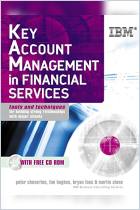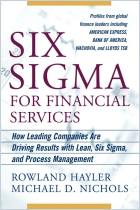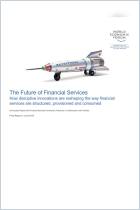Join getAbstract to access the summary!

Join getAbstract to access the summary!
Tina Harrison
Financial Services Marketing
FT Prentice Hall, 2000
What's inside?
To become a better marketer of financial services, learn the theory behind professional practices in the field.
Recommendation
Social science research methods and techniques are a valuable marketing tool for large financial institutions whose marketers want to understand their customers better. Author Tina Harrison presents solid ways to apply marketing principles to the financial services industry. However, her textbook has a couple of practical limitations. First, it focuses entirely on the U.K., which limits its broader applicability, although it thoroughly covers British regulations and competition. It also lacks timeliness. Some of the research the author cites goes back more than a decade, although it does show how sociological and psychological information can be used to help promote financial services. Despite these deficiencies, the book provides some good basic information for financial services marketers, such as clear chapters on strategy, including the theory of new product introductions. Given the rapid proliferation of new products and the changes in Internet delivery, discount brokerages and regulations since the book’s publication, getAbstract.com finds that it is useful primarily as background reading - but, in that context, it still offers financial service marketers food for thought.
Summary
About the Author
Tina Harrison, Ph.D., teaches marketing at the University of Edinburgh Management School. She is a former researcher at the Financial Services Centre at UMIST, Manchester, England. She has published widely on financial services marketing and has conducted research for several financial institutions.


















Comment on this summary